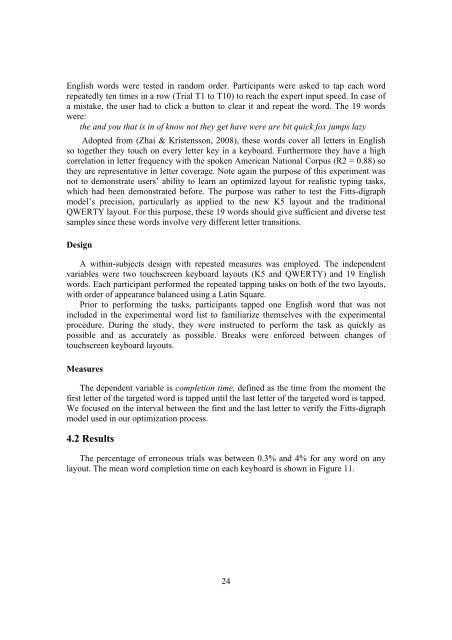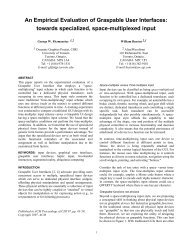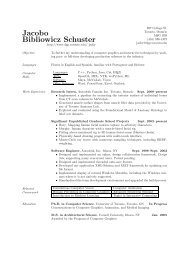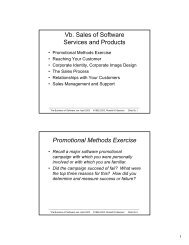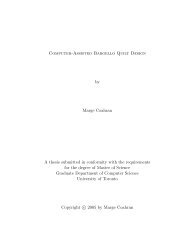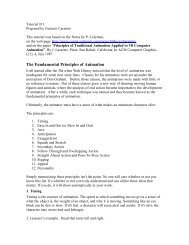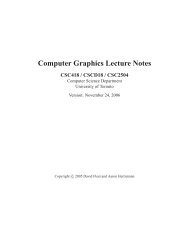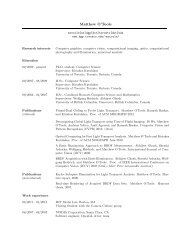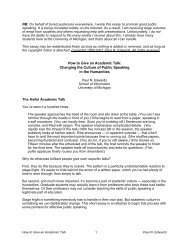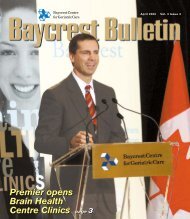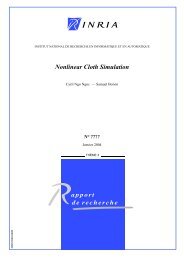Multilingual Touchscreen Keyboard Design and Optimization
Multilingual Touchscreen Keyboard Design and Optimization
Multilingual Touchscreen Keyboard Design and Optimization
You also want an ePaper? Increase the reach of your titles
YUMPU automatically turns print PDFs into web optimized ePapers that Google loves.
English words were tested in r<strong>and</strong>om order. Participants were asked to tap each word<br />
repeatedly ten times in a row (Trial T1 to T10) to reach the expert input speed. In case of<br />
a mistake, the user had to click a button to clear it <strong>and</strong> repeat the word. The 19 words<br />
were:<br />
the <strong>and</strong> you that is in of know not they get have were are bit quick fox jumps lazy<br />
Adopted from (Zhai & Kristensson, 2008), these words cover all letters in English<br />
so together they touch on every letter key in a keyboard. Furthermore they have a high<br />
correlation in letter frequency with the spoken American National Corpus (R2 = 0.88) so<br />
they are representative in letter coverage. Note again the purpose of this experiment was<br />
not to demonstrate users’ ability to learn an optimized layout for realistic typing tasks,<br />
which had been demonstrated before. The purpose was rather to test the Fitts-digraph<br />
model’s precision, particularly as applied to the new K5 layout <strong>and</strong> the traditional<br />
QWERTY layout. For this purpose, these 19 words should give sufficient <strong>and</strong> diverse test<br />
samples since these words involve very different letter transitions.<br />
<strong>Design</strong><br />
A within-subjects design with repeated measures was employed. The independent<br />
variables were two touchscreen keyboard layouts (K5 <strong>and</strong> QWERTY) <strong>and</strong> 19 English<br />
words. Each participant performed the repeated tapping tasks on both of the two layouts,<br />
with order of appearance balanced using a Latin Square.<br />
Prior to performing the tasks, participants tapped one English word that was not<br />
included in the experimental word list to familiarize themselves with the experimental<br />
procedure. During the study, they were instructed to perform the task as quickly as<br />
possible <strong>and</strong> as accurately as possible. Breaks were enforced between changes of<br />
touchscreen keyboard layouts.<br />
Measures<br />
The dependent variable is completion time, defined as the time from the moment the<br />
first letter of the targeted word is tapped until the last letter of the targeted word is tapped.<br />
We focused on the interval between the first <strong>and</strong> the last letter to verify the Fitts-digraph<br />
model used in our optimization process.<br />
4.2 Results<br />
The percentage of erroneous trials was between 0.3% <strong>and</strong> 4% for any word on any<br />
layout. The mean word completion time on each keyboard is shown in Figure 11.<br />
24


